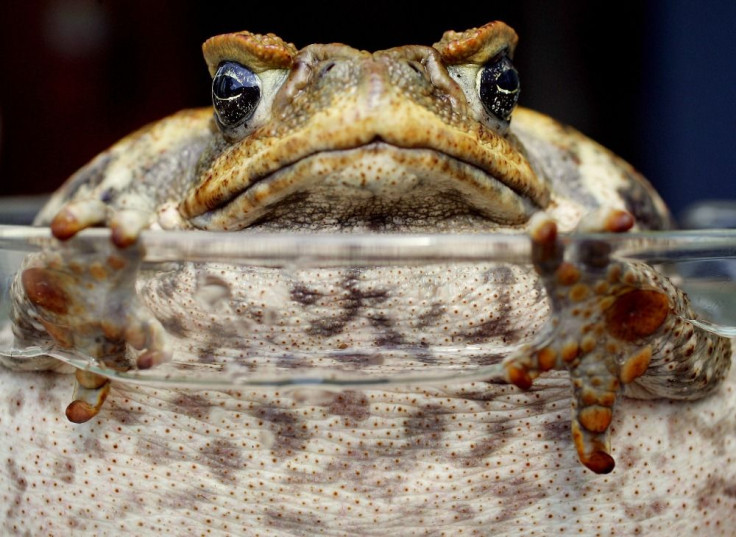Freezing To Death Considered The Most Humane Way To Eliminate Cane Toads

There is a humane way to get rid of cane toads and that is to put them in the freezer and freeze them to death, according to new research. The once commonly accepted method of killing millions of these frogs considered to be pests, was banned 20 years earlier due to animal ethics concern, said researchers.
However, in the new study, Rick Shine, a professor from the School of Biological Sciences in the University of Sydney said that there is a need to find a more humane way to kill the toads. “It’s not their fault they were brought to Australia 80 years ago,” he said in the university’s press release.
Researchers said that the old method was once thought to free the toad’s toes while their brains were still warm enough to signal pain. However, toad expert Shine wanted to refute this idea and test if it’s true.
The team of researchers from the University of Sydney introduced a data-logging device into several toads’ forebrains to record the pain responses generated when they are being frozen. After the toads were placed inside the fridge for a couple of hours to shut down their brains from the cold, they were then placed into freezers. All throughout the study, the tracking device did not record any pain response.
The animal ethics committee considered the freezing method as inhumane 20 years ago, however the new study only shows that “in cane toads at least, the toad just drifts off into torpor as it cools down”, Shine said. He also stated that the brain is not capable of functioning as freezing begins.
University of Sydney press release states that researchers usually use special chemicals to kill animals such as the cane toads. However, these chemicals provide difficult access for the general public.
Shine’s study offers a very basic solution to the problem faced by Australians living in areas where cane toad population is hard to control, such as in the Darwin region and Kimberley region. The study was published on May 26 in the journal Biology Open.
To report problems or leave feedback on this article, email: wendylemeric@gmail.com.





















